2020 SURE/SROP Research Projects in ECE
Directions: Below are listed the most recent descriptions of 2020 SURE and SROP projects available in Electrical and Computer Engineering (ECE). Please consider this list carefully before applying to the SURE or SROP program. You are welcome to contact faculty if you have additional, specific questions regarding these projects.
*IMPORTANT*: In addition to their online application, SURE applicants for ECE projects must also submit a resume and statement explaining their interest in and qualifications for the project that most interests them, including why they want to work on the project, the relevant skills they bring, and what they expect from their experience. The statement should be no longer than one page (12 point font and 1” margins) and must be uploaded in “other” at the bottom of the online application. Applications without this information may not be considered. Please include your name and UMID on all documents submitted.
SROP applicants for ECE projects should follow the specific directions outlined in the online application.
| Research Area | Project Number |
|---|---|
| Applied Electromagnetics & RF Circuits | 1, 2 |
| Control Systems | 3, 4, 5 |
| Integrated Circuits & VLSI | 6, 7 |
| MEMS & Microsystems | 8, 9, 10 |
| Network, Communication, & Information Systems | 11, 12, 13, 14, 23, 24 |
| Optics & Photonics | 15, 16 |
| Power & Energy | 17, 18, 19 |
| Robotics | 25 |
| Solid State & Nanotechnology | 20, 21, 22 |
Applied Electromagnetics & RF Circuits
ECE Project 1: Antenna beam steering with ultra-thin programmable surfaces (metasurfaces).
Faculty Mentor:

Anthony Grbic
[email protected]
Prerequisites:
EECS 230 required. EECS 330 or EECS 334 preferred. Student should have knowledge of time-harmonic electromagnetic fields (plane waves).
Description:
The student will develop a versatile platform for the characterization and control of ultra-thin, programmable electromagnetic surfaces (metasurfaces) with various wireless applications in mind, including 5G, satellite, full duplex communications, and radar. The programmable transparent metasurface can modify the phase of a wave transmitted through it. By sending time-varying control signals to modulate the individual metasurface elements, the student researcher will demonstrate and experimentally characterize capabilities such as real-time beam steering, beam shaping, and Doppler spoofing. The student will help develop a computer control system and investigate various beamforming and modulation techniques. Knowledge of time harmonic electromagnetic fields is required, and LabVIEW programming experience is an asset. The student will gain a working knowledge of antennas and radiation, beam steering, and microwave measurement techniques, as well as learn about the emerging area of metamaterials/metasurfaces.
ECE Project 2: Flat quasi-optical devices fabricated using additive manufacturing
Faculty Mentor:

Anthony Grbic
[email protected]
Prerequisites:
EECS 230 required. EECS 330 or EECS 334 preferred. Student should have knowledge of time-harmonic electromagnetic fields (plane waves).
Description:
Metasurfaces are subwavelength-textured surfaces designed to exhibit tailored electromagnetic/optical properties. Metasurfaces allow extreme control of electromagnetic wavefronts across electrically-thin layers, and therefore are ideally suited for the development of flat optical elements: low profile refracting, beam shaping, and focusing and polarization elements.
The student researcher will begin by experimentally characterizing existing all-dielectric metasurfaces, and then move on to analyze, design and test their own prototypes at millimeter-wave frequencies. These prototypes will be fabricated using additive manufacturing techniques. The student will become well versed in industry-standard microwave/electromagnetic CAD packages. He/she will use these packages to simulate metasurface designs, and develop their own metasurfaces. The metasurfaces will be characterized in the laboratory using a Gaussian beam measurement system. The student will learn about wave propagation and develop analytical/circuit models for complex 2D structures. He/she will employ modern techniques for the synthesis of microwave and photonic devices.
Control Systems
ECE Project 3: Path planning for teams of quadrotors
Faculty Mentor:

Necmiye Ozay
[email protected]
Prerequisites:
Strong analytical skills, knowledge of linear algebra and differential equations, programming experience in MATLAB and Python
Description:
Resilience is essential for safety-critical systems that are expected to achieve complicated tasks. The goal of this project is to implement a robust and resilient path following algorithm on a small quadrotor system with possibly complicated nonlinear dynamics. Following a pre-computed path, we want the quadrotor to achieve certain complicated high-level tasks specified by a linear temporal logic (LTL) formula. Particularly, the path to follow is fault-tolerant in the sense that there is always a way for the quadrotor to recover in case of physical component failure or extreme operating conditions. The student will be responsible for implementing the path following algorithm on the quadrotors. Moreover, we will study generalizations of the uncertainty descriptions used to compute a safety envelope around the planned path. Time-permitting, we will also investigate the effects of nonlinear dynamics and how simpler dynamics can be used for planning while still guaranteeing that the nonlinear model can respect the safety envelopes.
ECE Project 4: Privacy and Security of Cyber and Cyber-Physical Control Systems
Faculty Mentor:
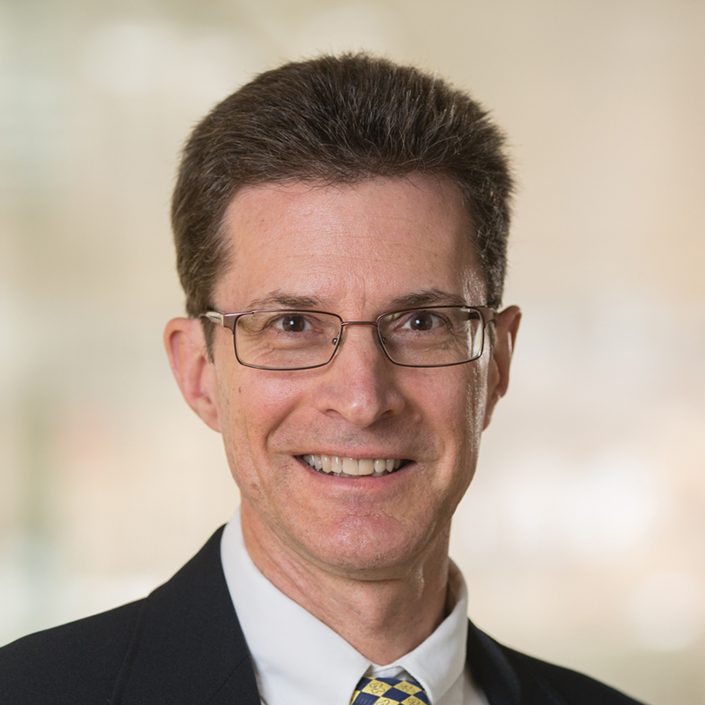
Stéphane Lafortune
[email protected]
Prerequisites:
Programming experience in Python, C, C++, or Java required
Description:
We are developing methodologies for (i) privacy enforcement in cyber systems and (ii) detection and mitigation of sensor and actuator attacks at the supervisory control layer of cyber-physical control systems. The student intern will work on implementing and testing the algorithmic procedures of these methodologies, either as stand-alone procedures or as part of our existing M-DES software tools (see: https://gitlab.eecs.umich.edu/M-DES-tools). The student will also work on the development of case studies to test these algorithms, as well as on visualization tools for illustrating these case studies. The student will work in close collaboration with graduate students.
ECE Project 5: Theory and algorithms for finding corner-cases and bugs in autonomous vehicle controllers
Faculty Mentor:

Necmiye Ozay
[email protected]
Prerequisites:
Strong analytical skills and knowledge of linear algebra. Experience with MATLAB, Python, C++, or otherwise enough software engineering knowledge that suggests learning other languages, environments, etc. will not be difficult. Familiarity with git is not required but considered useful.
Description:
One of the greatest hurdles to putting autonomous vehicles (as well as other complex autonomous systems) into the market
is the difficulty in evaluating their performance/safety across a wide variety of conditions. To tackle this problem, our group has recently developed a method for verifying safety of autonomous driving software [1] based on the concept of the controlled invariant set in control theory and two-player game solutions for reachability and safety games. Participants in this project will extend our previous work by testing several real world autonomous driving softwares by generating hard test cases according to the theory developed in [1]. As an extension, we will study the impacts of varying sensor noise levels on the safety guarantees and how the effects of sensor/perception imperfections can be incorporated in the existing theory and algorithms. We will also work on integrating the proposed algorithms to realistic driver simulators (e.g., Carla) for testing them with human driven vehicles.
[1] G. Chou, Y. E. Sahin, L. Yang, K. J. Rutledge, P. Nilsson and N. Ozay, “Using Control Synthesis to Generate Corner Cases: A Case Study on Autonomous Driving,” in IEEE Transactions on Computer-Aided Design (special issue for ESWEEK), vol. 37, no. 11, pp. 2906-2917, Nov. 2018. (https://arxiv.org/abs/1807.09537) (code repository: https://bitbucket.org/ozay_group/falsification_by_synthesis_emsoft_results/)
Integrated Circuits & VLSI
ECE Project 6: Accelerating Whole Genome Sequencing
Faculty Mentor:

David Blaauw
[email protected]
Prerequisites:
Interest in biomedical algorithm design, FPGA implementation, VLSI Verilog chips design. Responsibilities will depends on candidate background.
Description:
Whole genome sequencing (WGS) determines the complete DNA sequence of an organism’s genome. While it cost nearly $3 billion to sequence the first human genome in 2001, just over the last one decade, the production cost of sequencing has plummeted from ten million dollars to thousand dollars, making it a promising tool for individualized treatment plans and precision health. In the sequencing pipeline, hundreds to thousands of CPU hours of intensive computation needs to be performed on raw data to sequence one genome, which are opportunities for software algorithm optimization and hardware acceleration. In this project, we are developing novel algorithms tailored for hardware acceleration to speed up the entire secondary analysis for a number of emerging genomics applications, such as whole genome sequencing, RNA single cell sequencing, and microbiome analysis. We aim to build a heterogeneous hardware system to speed up the current software pipeline by 1000x or more using algorithm and FPGA/ASIC implementation co-design. The work will depend on the background of the candidate and can involve both software / hardware development as well as exploring new genomics applications.
ECE Project 7: Millimeter-scale Sensor System
Faculty Mentor:

David Blaauw
[email protected]
Prerequisites:
Interest in embedded systems, circuit design. Responsibilities will depends on candidate background.
Description:
In this project we are looking for a student to help us with embedded hardware and software development of mm-scale sensor systems for Internet of Things (IoT) applications. In the last few years we have prototyped the world’s first complete and functional mm-sized embedded systems. The system incorporated a commercial ARM Cortex M0 processor with low leakage memory, ultra-low power flash, battery, harvesting and RF communication. Early versions sensed temperature and pressure and more recent versions can also record audio and images. This work is currently featured at the Computer History Museum in California as the world’s smallest computer and also in the atrium of the EECS building. Our team is currently working actively with other researchers to deploy the sensors for butterfly tracking, down-hole oil-reservoir exploration and medical implantable applications as well as commercializing the technology. We are currently working to expand our sensor capabilities to include new sensing modalities, better interfaces and increasing radio range. The student work will depend on the background of the candidate and can include embedded software development for low power operation, GUI design, development of new sensor applications, help with digital and mixed signal circuit design, and testing and diagnosis of fabricated chips.
MEMS & Microsystems
ECE Project 8: Characterization of Interfacial Residual Stress of Fused Silica and Conductive Coatings
Faculty Mentor:
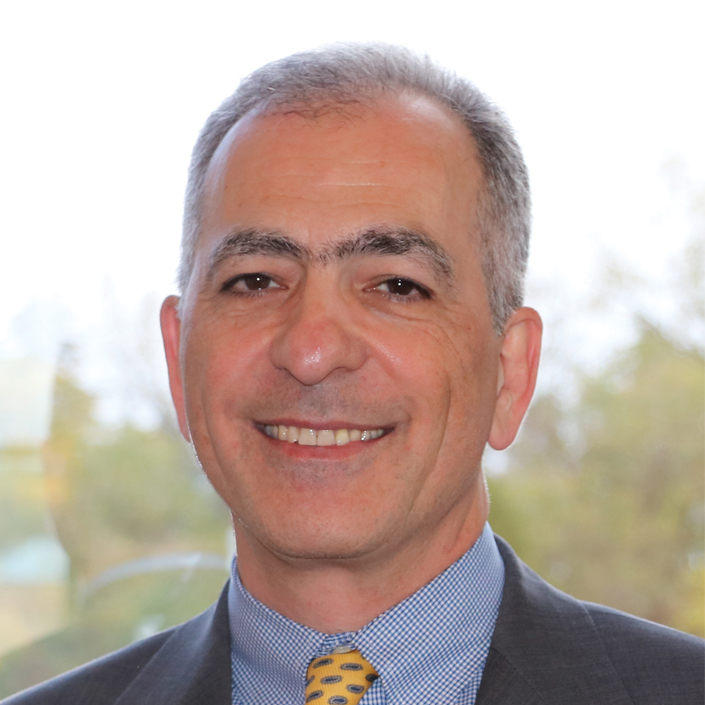
Khalil Najafi
[email protected]
Prerequisites:
- Some experience with Mathematica, Matlab, Origin, JMP or other similar data analysis and visualization software
- Some understanding of statistics
- Some understanding of solid-state physics
- Previous microscopy experience a plus
Description:
The purpose of this project is to explore materials-level phenomena affecting the performance of Micro-Electro-Mechanical (MEMS) based gyroscopes used in inertial measurement units (IMUs). While MEMS-based gyroscopes are commonly used in applications such as drones and satellites, the need for low-cost, high-precision gyroscopes still exists. As part of the development trajectory, we are looking to understand the effect of conductive coatings on the performance of resonators used in gyroscopes. The project will involve a deep exploration into structure-processing-properties characteristics of various coating chemistries. Undergraduate team members will study the effects of coating chemistry, thermal processing, and deposition parameter variations on the residual stress at the interface between the substrate (a fused silica resonator) and the applied conductive coatings. As part of the project, undergraduate team members might get the opportunity to work and assist doctoral students in two state-of-the-art research facilities: The Lurie Nanofabrication Facility (LNF) and The Materials Characterization Center (MC2). At the LNF, team members will support the fabrication of samples and carry out thermal treatments. At MC2, team members will characterize coating microstructures through the use of Scanning Electron Microscopes (SEMs) and interfacial residual stress through Transmission Electron Microscopy.
ECE Project 9: Electrical Characterization of GaN and Ga2O3 based transistors
Faculty Mentor:

Elaheh Ahmadi
[email protected]
Prerequisites:
EECS 321, familiar with MATLAB or Python
Description:
In this project, the SURE student will help with characterization of GaN and Ga2O3 based electronic devices via temperature dependent CV and IV measurements in Ahmadi’s test lab. The student needs to be comfortable writing MATLAB/Python scripts for data analyzing. Completion of EECS 320 or an equivalent course are mandatory.
ECE Project 10: Gene Editing for Combating Disease
Faculty Mentor:
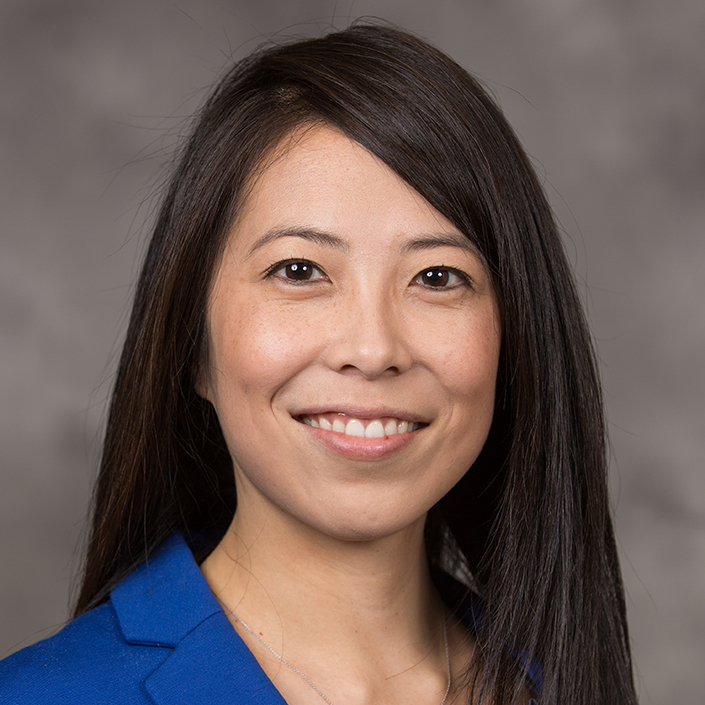
Somin Eunice Lee
[email protected]
Prerequisites:
Basic biology and chemistry; an interest in learning wetlab skills
Description:
Gene editing is the insertion of DNA in an organism or cell. We are developing new approaches to gene editing to combat disease. This project involves cell culture, imaging, biomolecule conjugation and purification.
Network, Communication & Information Systems
ECE Project 11: Device-to-device sharing for real-time audio/video
Faculty Mentor:

Vijay Subramanian
[email protected]
Prerequisites:
Strong analytical skills. Experience with Android programming. Some experience working in Unix-like environments. Knowledge of probability theory, optimization and information theory.
Description:
We are developing novel algorithms to enable easier real-time audio/video streaming on smartphone using device-to-device sharing over the WiFi interface. The project goal is to participate in the development of these algorithms, implement and test them on Android smartphones. We will use network coding and modify the kernel to implement our algorithms. We will also set up a server for generating the real-time stream. This will require two students.
ECE Project 12: Fast estimation of Personalized PageRank
Faculty Mentor:

Vijay Subramanian
[email protected]
Prerequisites:
Strong analytical skills. Experience with Java, Python, or enough software engineering knowledge to comfortably learn and work with other such languages. Some experience working in Unix-like environments. Knowledge of basic graph theory and probability theory. EECS 485 would be a big plus.
Description:
We are developing novel algorithms for estimating Personalized PageRank using random walks and dynamic programming. The project goal is to implement and test these algorithms in two ways: first, developing a web-/Java-/Python-tool that can be easily configured and can run large instances with real network instances, and second, developing a tool to run these on the Internet.
ECE Project 13: Learning-based optimization of new caching algorithm
Faculty Mentor:

Vijay Subramanian
[email protected]
Prerequisites:
Strong analytical skills. Experience with TensorFlow or similar learning software. Some experience working in Unix-like environments. Knowledge of probability theory.
Description:
We have developed a novel architecture and algorithm for caching content. The project goal is to determine optimal parameter settings using learning algorithms, such as Deep Learning via neural networks.
ECE Project 14: Load balancing using random graphs for cloud computing systems
Faculty Mentor:

Vijay Subramanian
[email protected]
Prerequisites:
Strong analytical skills. Experience with Java, Python, or enough software engineering knowledge to comfortably learn and work with other such languages. Some experience working in Unix-like environments. Knowledge of basic graph theory and probability theory.
Description:
We are developing novel algorithms for load balancing in cloud computing systems that use random graphs and distributed memory. The project goal is to implement and test these algorithms by developing a web-/Java-/Python-tool that can be easily configured and can run large instances with real-world topologies.
ECE Project 23: Reinforcement Learning Algorithms for Efficient Ridesharing Systems
Faculty Mentor:
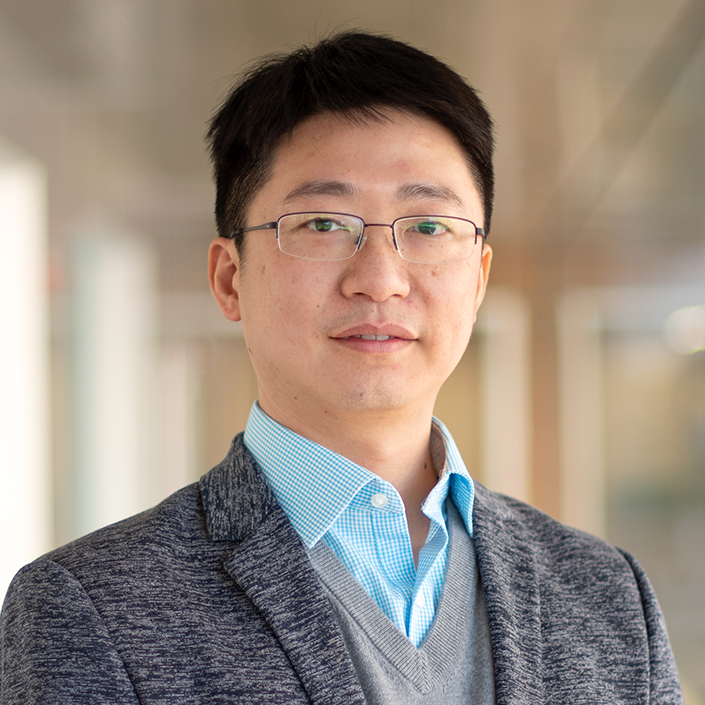
Lei Ying
[email protected]
Prerequisites:
None.
Description:
In this project, the student will develop reinforcement learning algorithms for ridesharing systems. The algorithm learns and predicts passenger demands from data and decides efficient pricing and routing algorithms to dispatch idle cars to maximize the utility of the system.
ECE Project 24: Cyber-Risk Quantification
Faculty Mentor:

Mingyan Liu
[email protected]
Prerequisites:
None.
Description:
In this project, the student will develop reinforcement learning algorithms for ridesharing systems. The algorithm learns and predicts passenger demands from data and decides efficient pricing and routing algorithms to dispatch idle cars to maximize the utility of the system.
Optics & Photonics
ECE Project 15: An usual quantum light source that glues two photons together
Faculty Mentor:

Pei-Cheng Ku
[email protected]
Prerequisites:
None
Description:
In this project, you will work with graduate student(s) to develop a new semiconductor quantum light source that can generate photonic dimers, a new quantum photonic state comprising of two photons that are entangled together in an usual way. They are glued together just like atoms in a molecule. The peculiar nature of this quantum photonic state has been theoretically predicted to significantly enhance nonlinear frequency conversion and enable a two-photon controlled phase gate, a key missing component for light based quantum computing. Our goal is to experimentally demonstrate the concept. As part of the research team, you will be expected to assist in numerical simulations, optical design, device fabrication, and measurements.
ECE Project 16: Computer Vision & Optics for Autonomous Vehicles
Faculty Mentor:

Somin Eunice Lee
[email protected]
Prerequisites:
Basic physics; basic programming skills
Description:
Cameras will be the “eyes” of autonomous vehicles (self-driving cars) in the future. We are engineering new optics for autonomous vehicles. The project involves optics engineering (hardware) and coding (software).
Power & Energy
ECE Project 17: Advanced Cooling Methods for Power Electronics
Faculty Mentor:
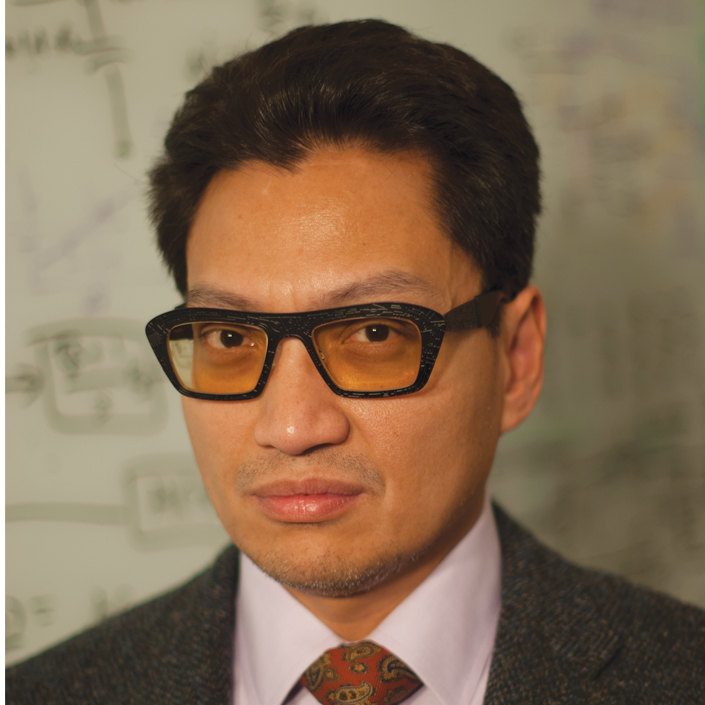
Al-Thaddeus Avestruz
[email protected]
Prerequisites:
Basic chemistry, thermodynamics, and heat transfer. Interest in learning how to build circuits and instrumentation. Labview and Python a plus.
Description:
We will be exploring new ways of cooling very high density power electronics with new types of fluids.
ECE Project 18: Energy Storage Systems
Faculty Mentor:

Al-Thaddeus Avestruz
[email protected]
Prerequisites:
Python, C/C++, Some Embedded Programming
Description:
Future energy storage systems will be networked and heterogeneous. Digital control and optimization is needed for the best utilization of energy storage resources using power electronics. We will be designing and testing real-time control and optimization algorithms for interconnected energy storage.
ECE Project 19: Enhancing Power Electronics Education through Classroom Demonstrations
Faculty Mentor:

Al-Thaddeus Avestruz
[email protected]
Prerequisites:
Must be comfortable building circuits and hardware; experience with 3d printing and laser cutting preferred
Description:
We will be designing and building a number of power electronics demonstrations for classroom use. These include induction heating, wireless power transfer, fluorescent ballast, etc.
Robotics
ECE Project 25: Machine Learning for Robot Motion Planning
Faculty Mentor:

Dmitry Berenson
[email protected]
Prerequisites:
None
Description:
This project focuses on exploring machine learning methods for use in robot motion planning. The project will begin by implementing and testing existing baseline algorithms for learning dynamics models and constraints for use by a motion planner. Then we will explore how to build and improve on the state-of-the-art methods to enable faster and more accurate planning of robot motion. Example applications will include manipulating deformable objects such as cloth and rope.
Solid State & Nanotechnology
ECE Project 20: Epitaxy of gallium oxide
Faculty Mentor:
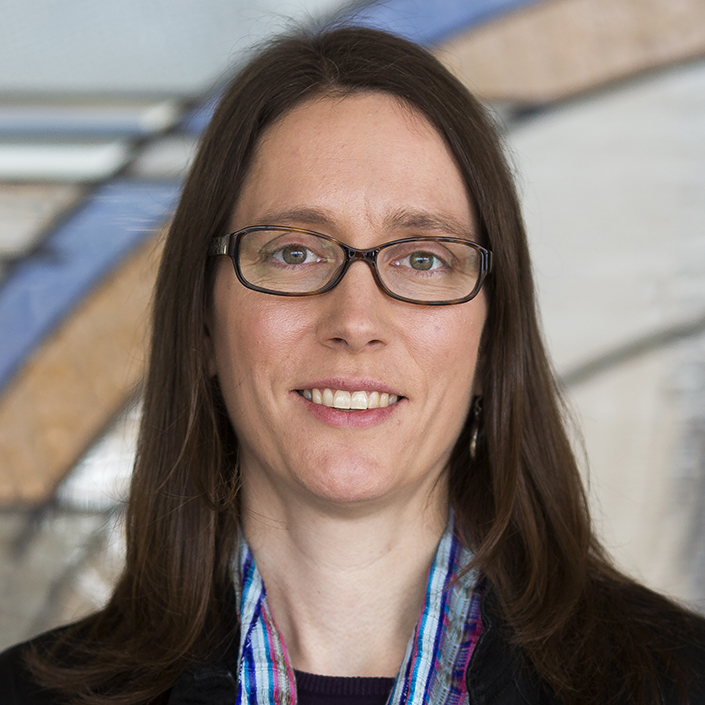
Becky Peterson
[email protected]
Prerequisites:
EECS 320 or background in Materials Science
Description:
To combat climate change, it is crucial to increase the efficiency of power conversion circuits. We have developed new technologies to exploit an ultra-wide bandgap semiconductor, gallium oxide that can be used for direct switching at very high voltages of several kV. One of the key challenges is lack of a fast method for depositing the thick layers needed for high voltage devices. This project focuses on developing a new approach for epitaxially growing gallium oxide. You will work with a team of graduate students. Activities will includes deposition of oxide films using a tool in our lab, and extensive materials and electrical characterization of the deposited thin films.
ECE Project 21: Gallium oxide power devices
Faculty Mentor:

Becky Peterson
[email protected]
Prerequisites:
EECS 320 or background in Materials Science
Description:
To combat climate change, it is crucial to increase the efficiency of power conversion circuits. We have developed new technologies to exploit an ultra-wide bandgap semiconductor, gallium oxide that can be used for direct switching at very high voltages of several kV. One of the key challenges is designing a MOSFET transistor that is normally-off to minimize parasitic current flow. To address this challenge, this project focuses on developing advanced gate stacks for gallium oxide MOSFET devices. You will work with a team of graduate students. Activities will includes investigating novel approaches for atomic layer deposition using equipment in the Lurie Nanofabrication Facility, and performing electrical and materials characterization of the resulting layers.
ECE Project 22: Structural characterization of (In,Ga)N
Faculty Mentor:

Elaheh Ahmadi
[email protected]
Prerequisites:
None
Description:
In this project, the SURE student will help with structural characterization of (In,Ga)N films. This includes performing atmic force microscopy (AFM), X-ray diffraction (XRD), and scanning electron microscope (SEM) on samples prepared by the graduate student. The student needs to have some basic understanding of semiconductors. Some experience with material characterization is preferred.
 MENU
MENU 
